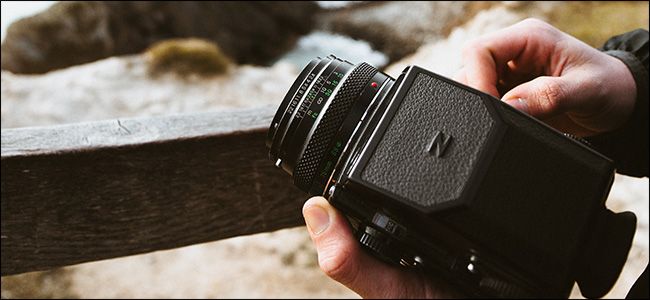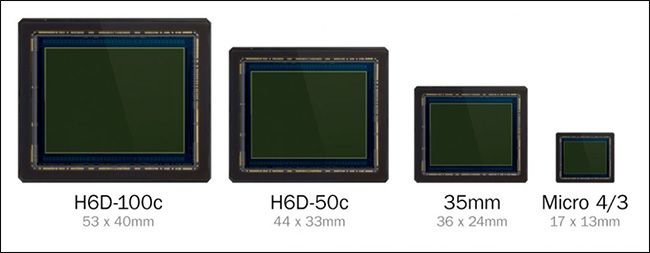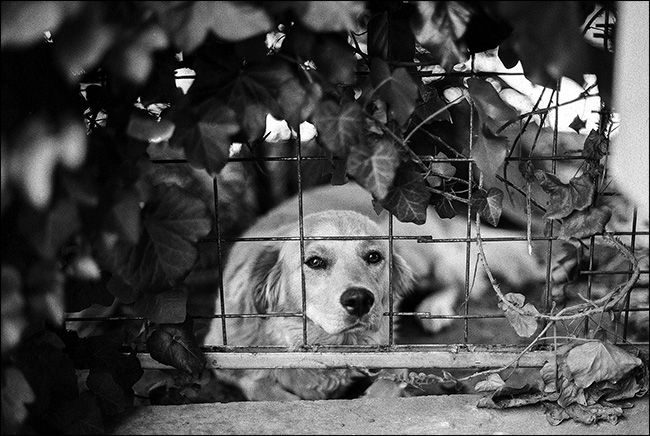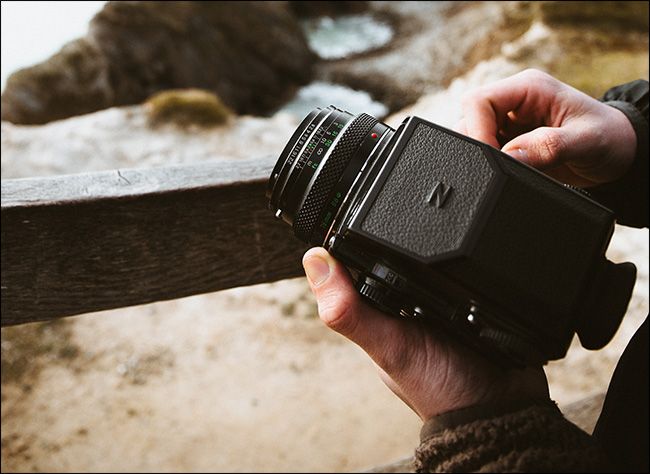Quick Links
Before the rise of digital photography, things were a lot less standardized. There were countless films available in different sizes that you could shoot on cameras from a dozen different manufacturers.
These days, outside of smartphones, you have three main camera manufacturers (Canon, Nikon, and Sony) and two main camera sizes: APS-C crop sensors and full-frame sensors. Other older variations, like medium format, have retreated to the margins where they have specialized uses. But what do they do?
What Is Medium Format Photography?
Medium format photography traditionally uses the 120 film size. It is significantly larger than 35mm film size, which is the basis of modern digital photography. Similarly, medium format digital photography uses a sensor that’s bigger than the 35mm full-frame standard.
A full-frame sensor is roughly the same size as a single frame of 35mm film—36mm x 24mm—and old lenses can often be made work on new cameras.
There is more variation in medium format photography. The 120 size film used was 60mm wide, but exposures could be shot with various different aspect ratios, such as 1:1 (for a roughly 60mm x 60mm exposure) or 1.2:1 (for a roughly 60mm x 72mm exposure). There’s still some of the same variation with digital medium format. You can get sensors that come in sizes such as 54mm x 44mm or 44mm x 33mm.
While there are some dedicated digital medium format cameras, such as the PhaseOne XF, because of how medium format film cameras were designed, you can easily convert one into a digital camera with a “digital back”. This is just a digital sensor that slots into place where the film holder would traditionally have gone. You can take a Hasselblad from the 70s, similar to the ones used in the Apollo missions, and turn it into a modern digital camera.
What’s the Advantage of a Medium Format Camera?
Medium format cameras, whether film or digital, have one big advantage over 35mm cameras: image quality.
Since the sensor is so much larger, manufacturers can add more megapixels (up to 100MP in some cases!) without making the photosites on the sensor any smaller than they would be on a full-frame camera. They can even use bigger photosites and still have a higher resolution image. A 50MP Hasselblad sensor, for example, is about 70% bigger than a 50MP full-frame sensor such as the one found in the Canon 5DS. With a medium format camera you basically get bigger, better photos.
Images from a medium format camera look slightly different, and to many people better, than those from a full frame or crop sensor camera. This is mainly down to having a wider field of view than a DSLR would have at the same length lens. You can get all the benefits of a long lens (shallow depth of field, background compression, minimal distortion) while having the field of view of a wide-angle lens. Look at how shallow the depth of field in the photo above is while still having a wide angle. A photo like this is impossible with a DSLR.
Image quality isn’t the only thing medium format cameras have going for them; they’re are also normally “system cameras”. This means that they are built around interchangeable parts rather than a single camera body. This is what lets old medium format cameras be converted into digital cameras. With most medium format systems, you can use different viewfinders, film and digital backs, focus systems, and so on.
What Are Medium Format Cameras Used For?
The downside of medium format cameras is that they are big, bulky, heavy, and fragile. They also have less advanced autofocus systems and slower burst modes. This limits them to certain uses.
The main use for medium format cameras is in fashion and advertising photography. The majority of covers for magazines like Vogue or Esquire are shot with a medium format camera. It’s the same story with ads. If you’re working in a studio, all you care about is image quality; you don’t need the versatility that a DSLR brings. The look and resolution of a medium format camera is a distinct advantage.
If you’re an amateur photographer, the odds are you’re never going to see a medium format camera in the wild. They make up a tiny fraction of all the cameras in use. Now though, you know a bit more about the gigantic cameras the photographers in America’s Next Top Model use.
Image Credits: Hasselblad, Benjamin Balázs, Ryan Winterbotham.




